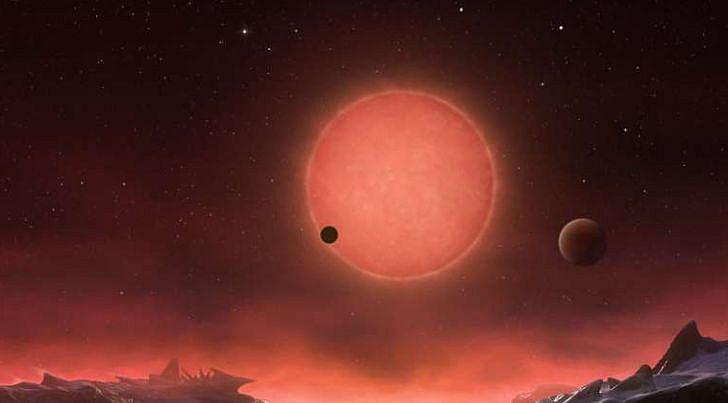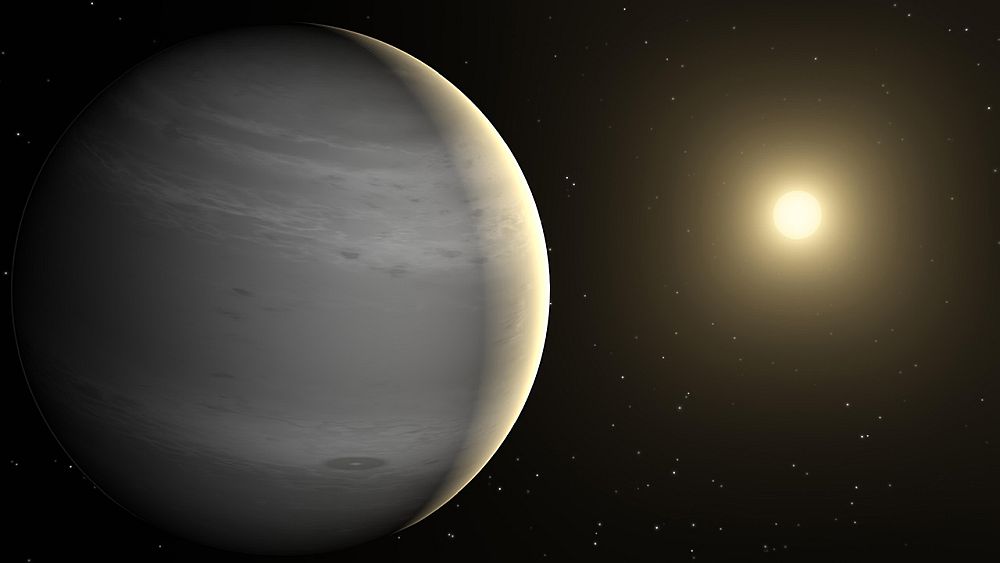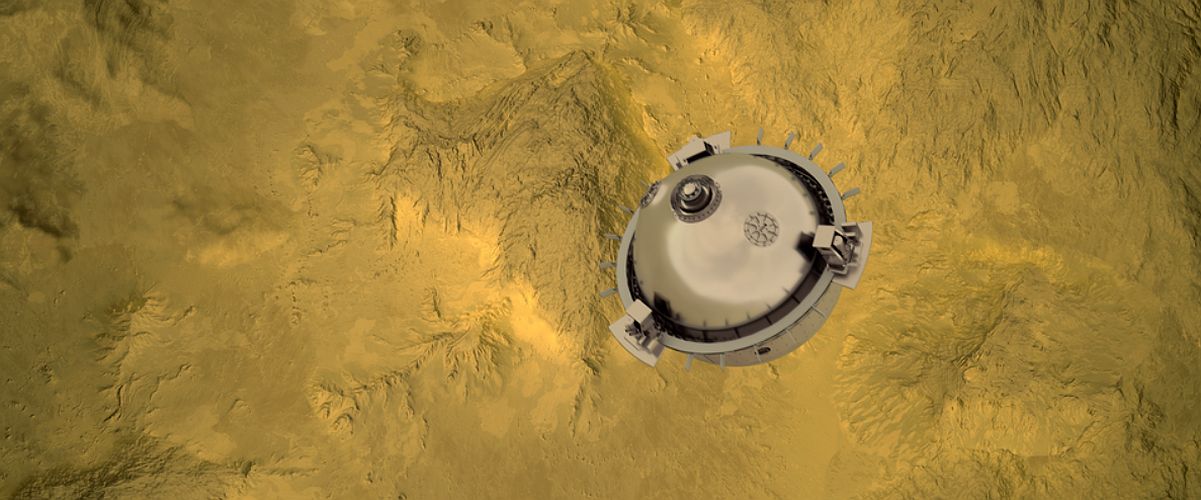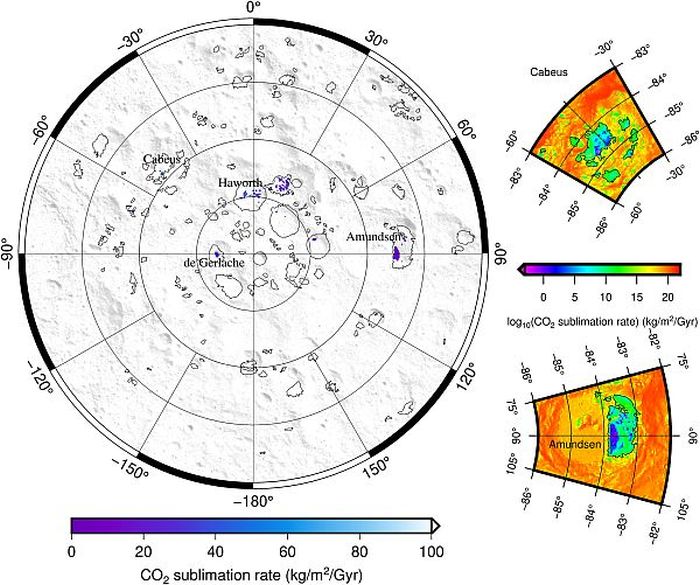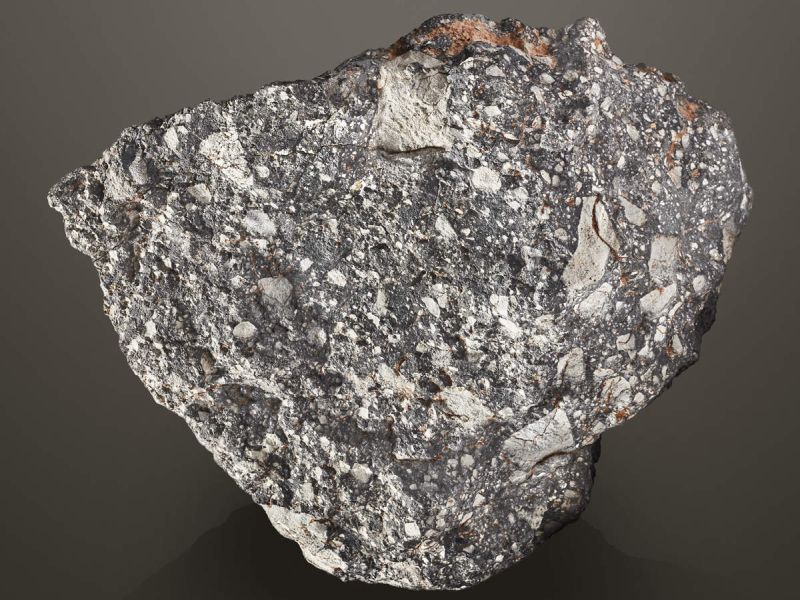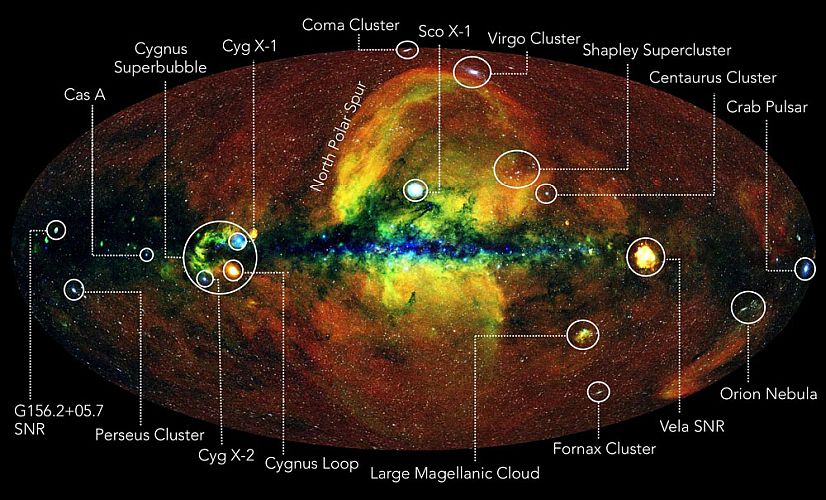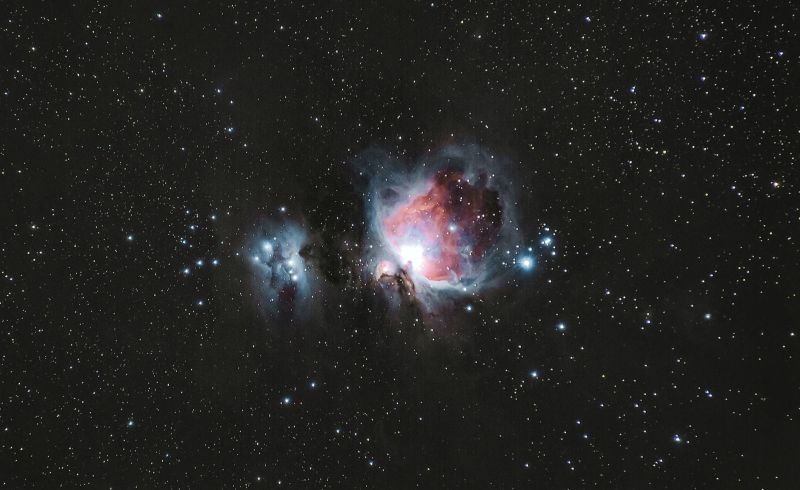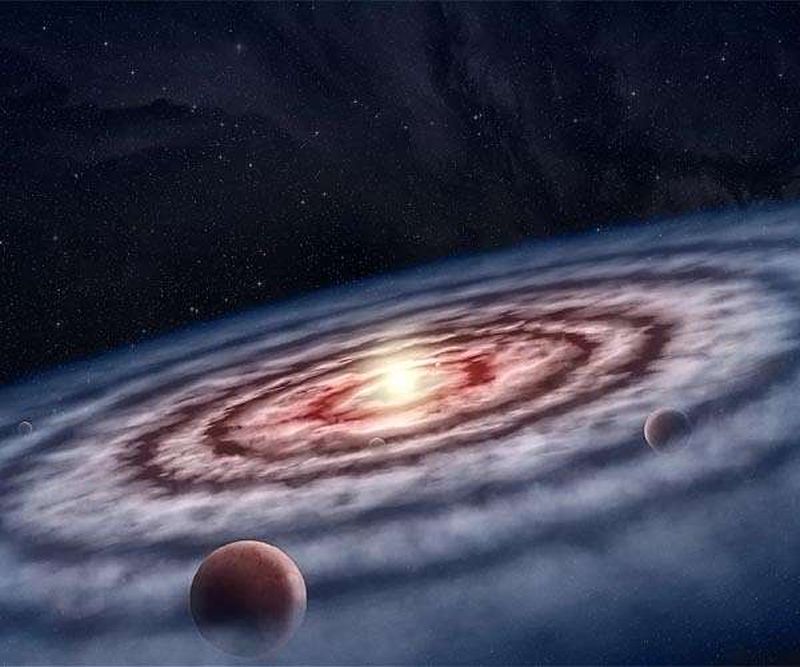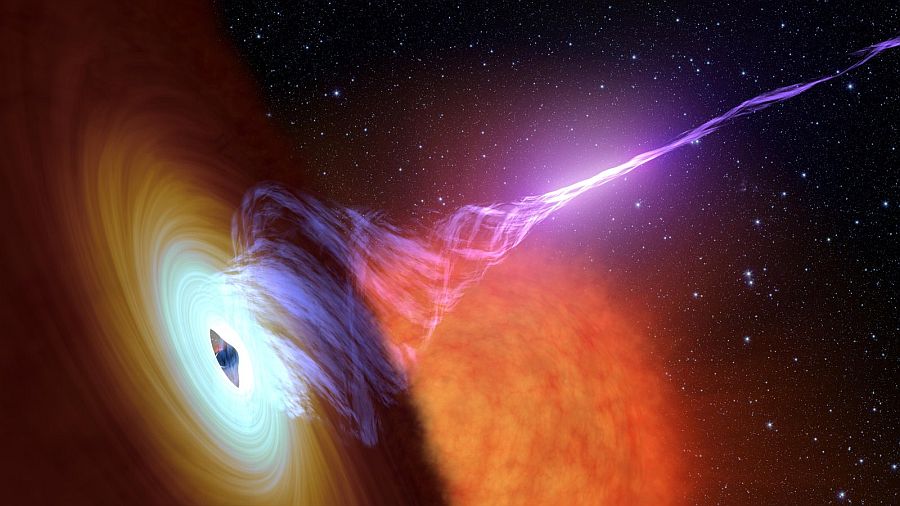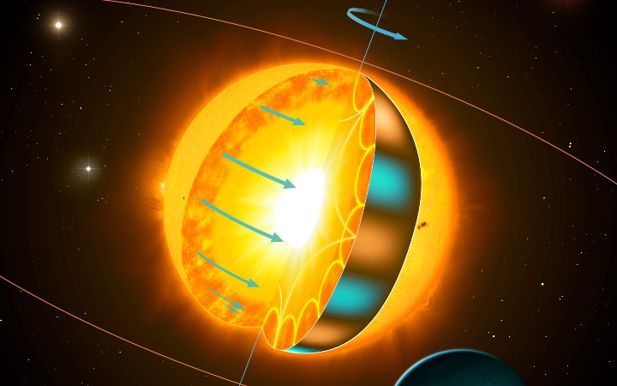For the first time in human history, space scientists were able to grow plants in the soil from the moon. With the plants sprouting from the moon soil, lunar exploration seems pretty incredible. University of Florida researchers were able to prove that moon soil – also called as lunar regolith – can grow terrestrial plants. They also investigated that for the plant it wasn’t an easy journey. Nevertheless, this effort is the first step towards understanding how plants respond biologically to the Moon’s soil. This insight will surely help NASA’s…
Read MoreCategory: Space Tonics
Two Rocky Worlds Orbiting M Dwarf Star: The HD 260655 System
Astronomers at NASA have identified two rocky alien worlds hovering around M dwarf star called HD 260655. M stars have faint glow and they look red to our eyes with temperature ranging from 2,500 Kelvin to 3,500 Kelvin. These stars account for nearly 75% of the stars in our stellar neighborhood, which implies they can be easily observed from Earth due to its abundance. As per Transiting Exoplanet Survey Satellite (TESS), the newly discovered exoplanets are about two times more massive than the Earth.
Read MoreTwo Neutron Stars could give Birth to a Third: Stellar Formation
An international team of astrophysics from Manly Astrophysics and Universidad de Murcia has proposed for a new type of exotic neutron star. According to astronomers Arthur Suvorov and Kostas Glampedakis, the novel neutron star could be the result of a super strong magnetic field that emanates during a collision between old neutron stars.
Read MoreHuge Gas Planet Hidden in Plain Sight: TOI-2180 b
Hunt for a new stellar body is always on. Space is full of astronomical bodies and star gazers continuously search for new stars and planets into the known realm of humanity. In one such effort, an astronomer at University of California, Riverside in collaboration with a group of citizen scientists have spot a huge gas planet. The newly discovered body is otherwise hidden from view by typical stargazing tools.
Read MoreStellar Streams’ Trajectory Reveals the Dark Matter: Mysterious Universe
Understanding the properties of dark matter is the most important quest for astronomers. Many have dedicated their years to research just to take a sneak peek into what actually comprises of dark matter. In a recent research, astronomers have detected twelve streams of stars spiralling within the outermost region of our galaxy.
Read MoreVenus could be a Life-bearing Planet: Space Exploration
Space scientists have always looked up to our closest planet neighbour and wondered what if there is life on Venus. Sanjay Limaye, from University of Wisconsin-Madison Space Science also an expert on Venus says that in the coming decade in a collective effort, astronomers all across the globe will make case for exploring the “evening star”. With an experience of over 45 years, Limaye’s core investigation is the planet’s dense atmosphere.
Read MoreBiofuel to Produce Locally on Mars: Martian Exploration
What if we are able to produce fuel directly on Mars? Explorers would then be able to stay on the red planet a li’l longer and return journey will then be easier relatively. Shipping the propellant and oxygen for a return journey from Mars would cost billions of dollars. To make things easier, researchers have developed a concept for local rocket fuel production with algae and E.coli.
Read MoreLunar Cold Traps Confirmed: Moon’s Special Regions
Moon exhibits tenuous atmosphere. Its low gravity enables gases to escape into the outer space effortlessly. Heavier atoms, however, are ionised by sun’s ultraviolet radiation, which are then drifted away from the Moon by the solar flares.
Read MoreLunar Rocks Shows Young Volcanism: Chang’e-5 mission
Lunar rocks brought back to Earth by Chinese astronomers confirmed that Moon was volcanically active more recently than previously thought. Humanity’s first mission to Moon and back in four decades was successfully completed by Chang’e-5 mission, China’s first lunar sample-return mission, since the Soviet Union’s Luna 24 in 1976.
Read MoreMagnetic Tunnel Surrounds Our Solar System: Galactic Bodies
Radio astronomy is very fascinating since it shows the “other side” of reality which we do not witness in our everyday life. Of course, due to our own limitations. Dr. Jennifer West, an astrophysicist at the Dunlap Institute for Astronomy & Astrophysics suggests that a gigantic magnetic tunnel surrounds our solar system. This magnetic flux can be observed in radio waves.
Read MoreRadio Signals from Hidden Planet Star Interaction: New Exoplanets
In a collaborative effort, an international team of astronomers at The University of Queensland and the Dutch national observatory ASTRON have been looking for planets with the help of the most powerful radio telescope – Low Frequency Array (LOFAR) – located in the Netherlands. Recently, they were able to figure out stars spewing off radio waves. This hints at the presence of some hidden planets.
Read MoreTracing the Beginnings of Planet Formation: Stellar Factory
Astronomers led by Kamber Schwarz (MPIA in Heidelberg) have successfully deduced the mass of a potential “planet factory”, the protoplanetary disk around the star GM Aurigae. With the help of radio data from the ALMA observatory and physical modelling, the astronomers were able to track the GM Aurigae system.
Read MoreSupercomputer Simulation to Investigate Black Hole and Galaxy Coevolution: Quasar Fueling
Big question regarding the formation of black holes and how they grow under different regimes have always been the holy grail for astrophysicists. Our galaxy hovers around a massive black hole which, under normal circumstances, is surrounded by spinning gases. Not much is known about these gases, however, some shine brightly, with an unceasing supply of fuel. While others go to a state of temporary dormancy and erupts again later with an influx of gases.
Read MoreX-ray Emission from Behind Black Hole: Galactic Nuclei
Black holes are the most fascinating phenomena in the universe. Any new finding regarding the intricacies of black hole makes us wonder how less we know about it. This uncanny object is famous for ingesting huge quantities of matter from its surroundings, beaming with glittering luminosity and spilling out small portion of this matter by means of very powerful jets.
Read MoreStars Spin Faster as They Age: Weakened Magnetic Braking
Stars are the building blocks of galaxies. Turbulence, that is, the result of chaotic changes in pressure and velocity deep within the dust clouds gives rise to some mass. This “mass” results in stellar gravity due to which, the peripheral dust and gas start to disintegrate under its own gravitational attraction. And hence, star formation takes place.
Read More

